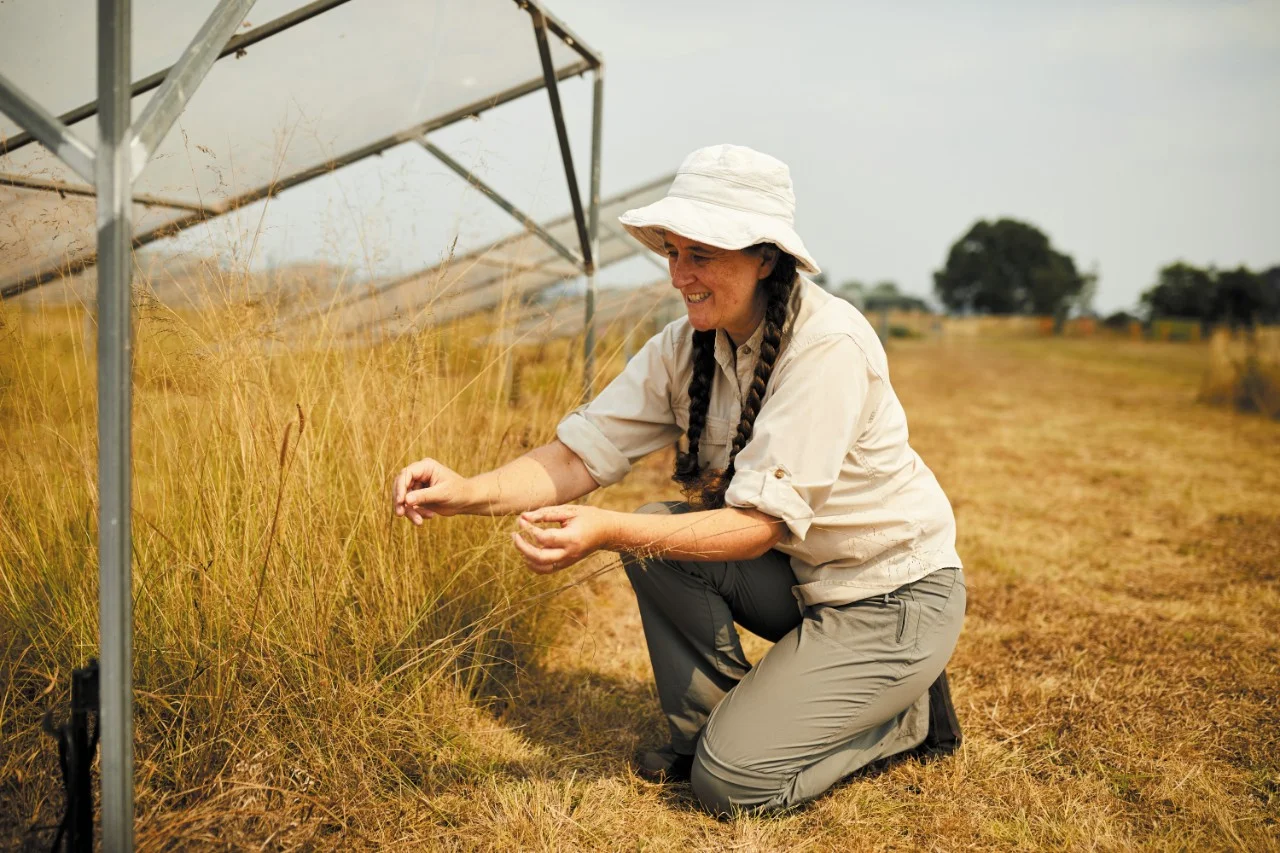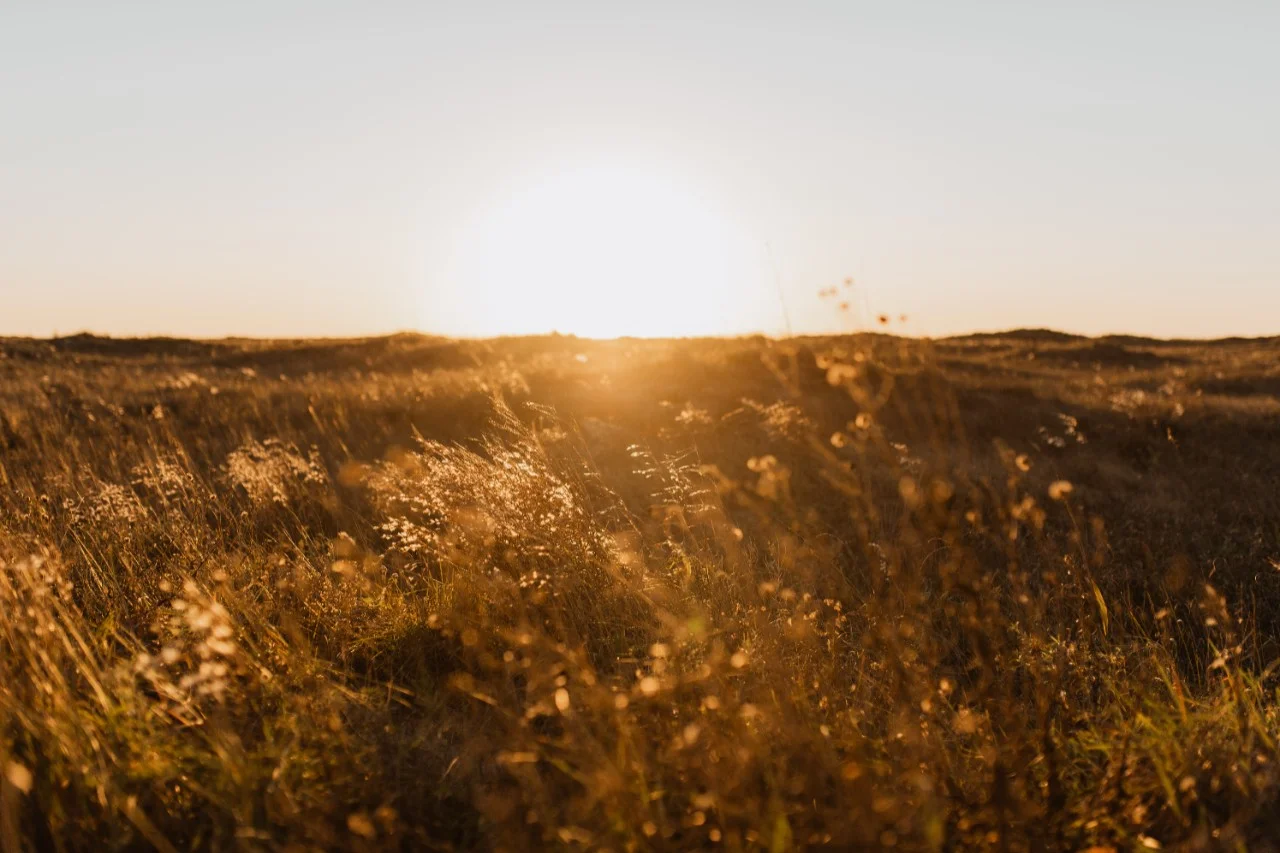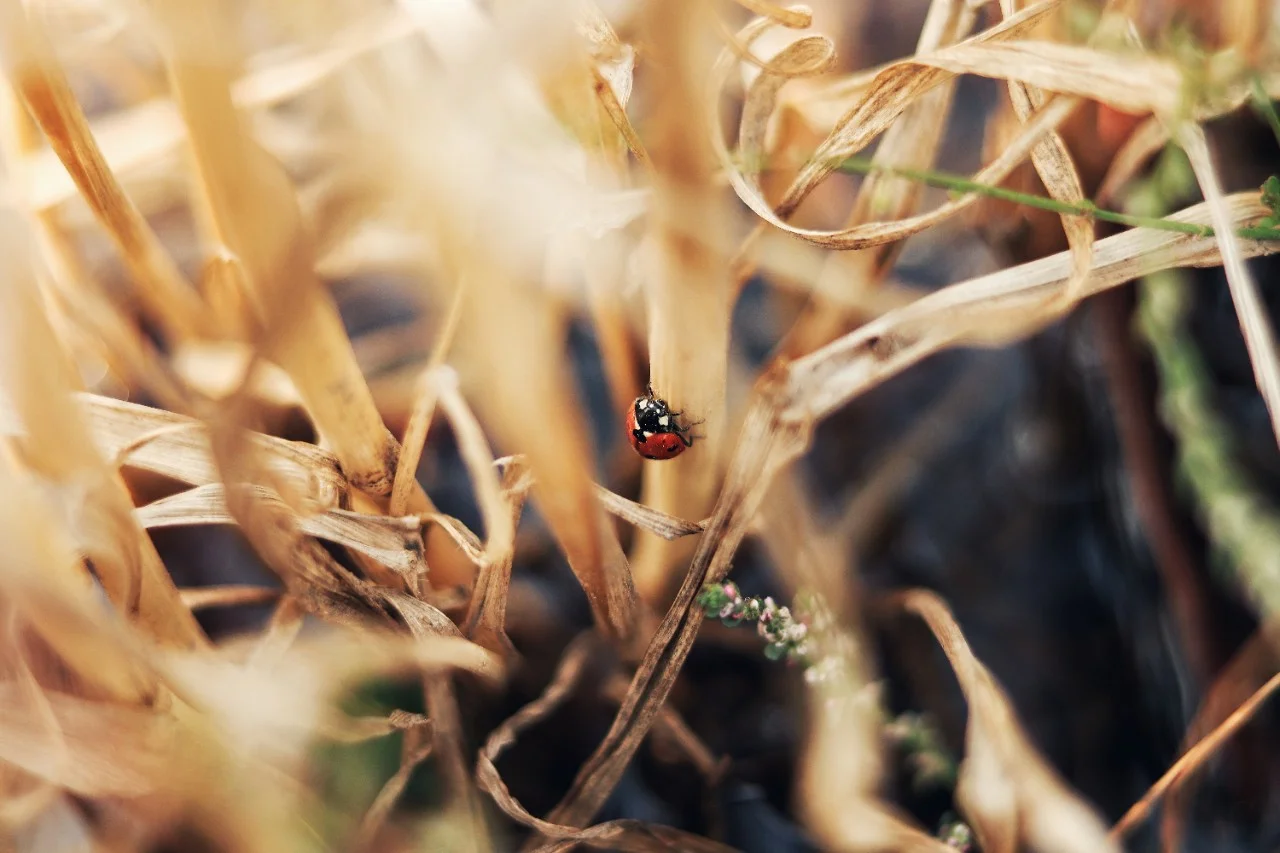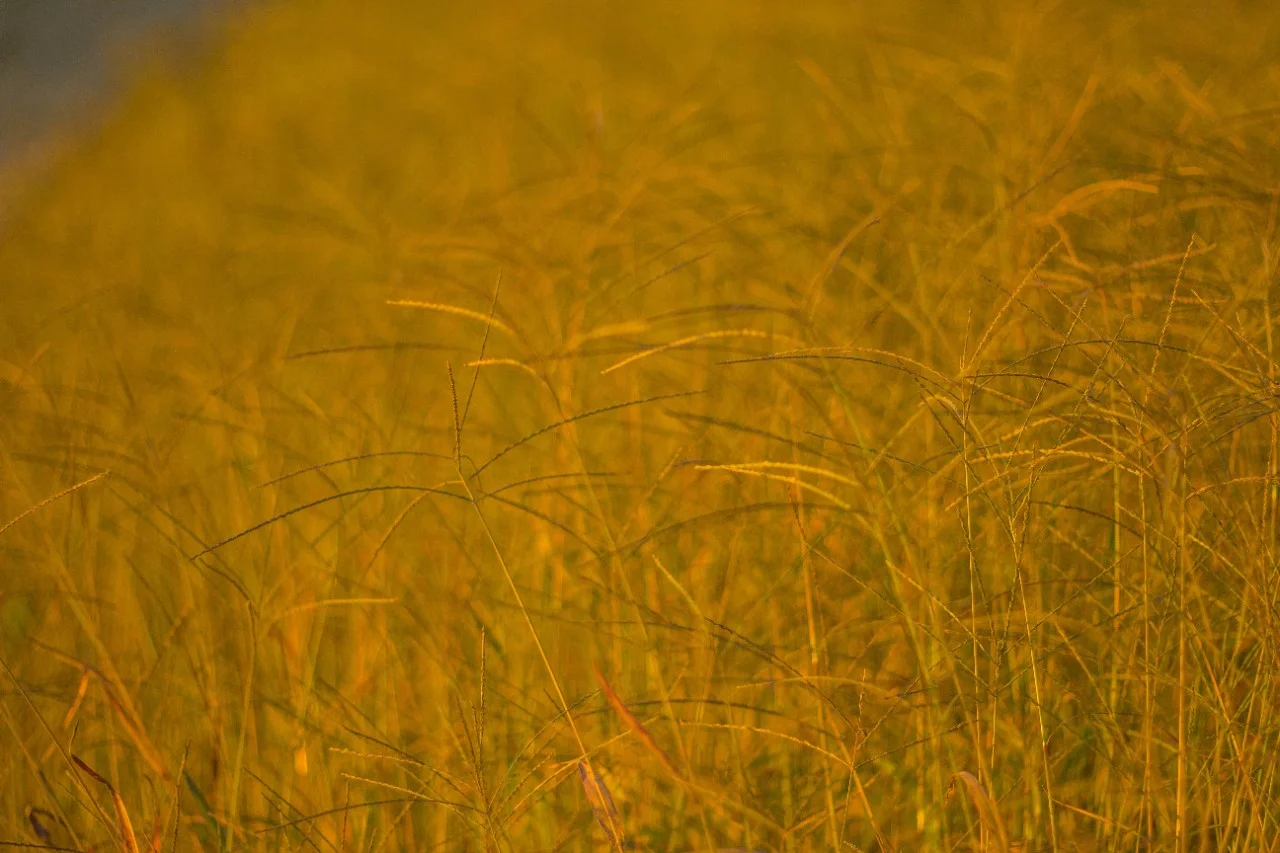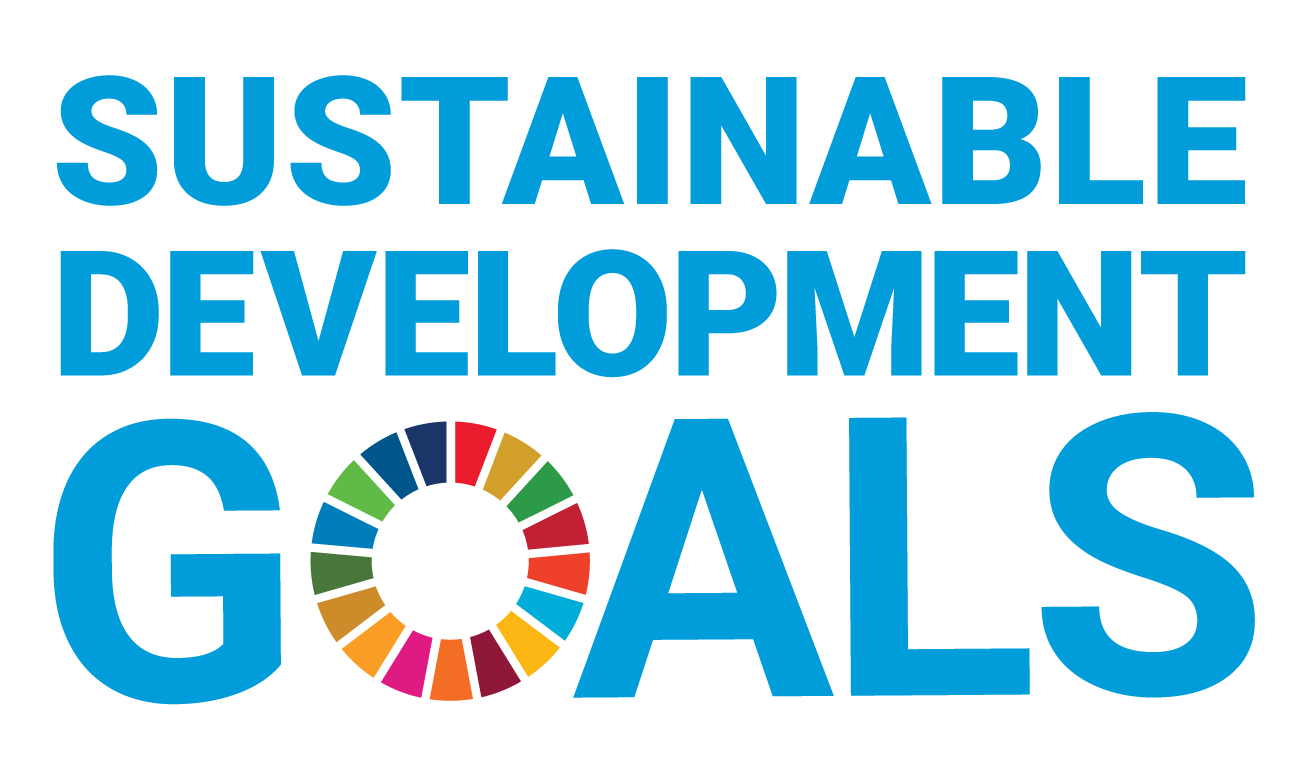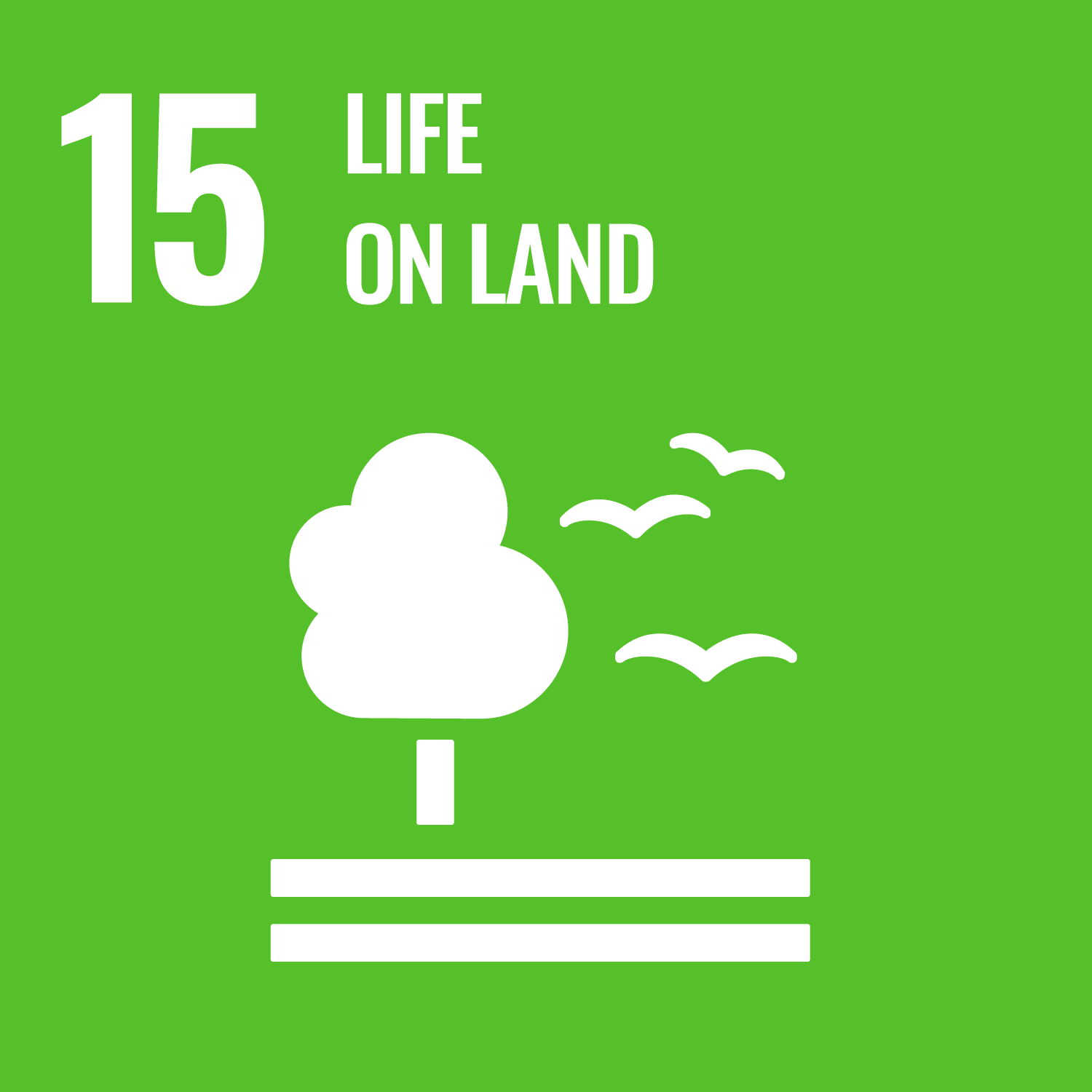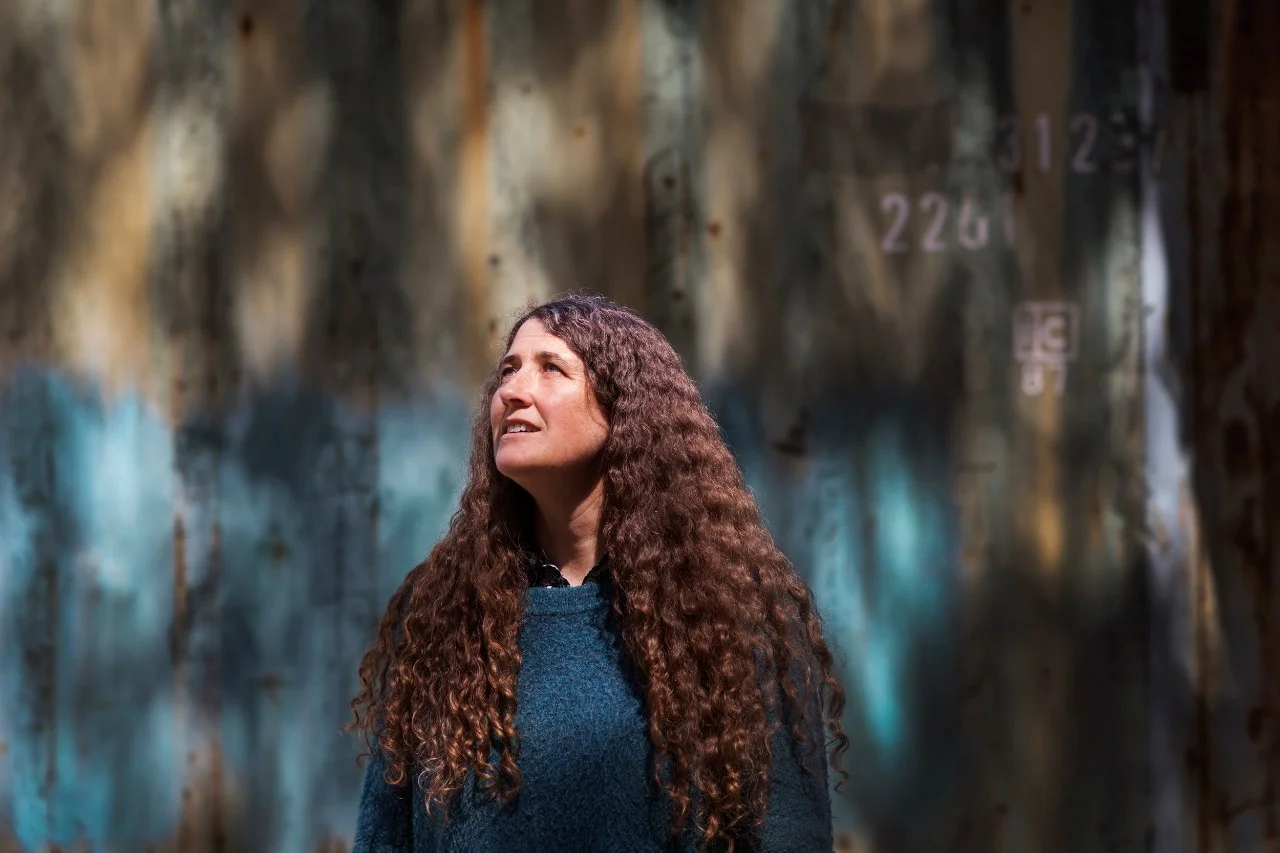Microbes at the Root of Sustainable Farming
You can search for courses, events, people, and anything else.
The prickly crunch of dry, brown grass is a familiar sensation in the Australian summer. But despite its ubiquity, little is known about when and why grass turns brown, and what it means for Australia’s extensive grasslands in a changing climate.
ARC Georgina Sweet Australian Laureate Fellow, Distinguished Professor Belinda Medlyn and colleagues at Western Sydney University are embarking on an Australian Research Council Discovery Project to answer key questions about how grasslands respond to changes in temperature and rainfall, and what implications that has for the carbon they store in the soil.
Grasslands make up around 40% of the planet’s terrestrial surface; from the vast prairies of North America, and the wind-swept steppes of Eurasia, to the pampas of South America and savannahs of northern Australia.
They’re also vital for cattle farming. “There’s a lot of interest around how to maintain pasture grasses during hot and dry periods, what kinds of pasture grasses, what will be able to survive and continue to perform when we have hotter and drier conditions,” Medlyn says. “The grasslands are really interesting ecosystems, valuable in their own right, but they also support a huge industry.”
The project was inspired by research conducted in the North American grasslands of Wyoming, which looked at the effect of increasing carbon dioxide levels and heating on the grass. Several vegetation models were applied to try and predict the responses in this experiment, but Medlyn says the models didn’t adequately capture the impact of the grasses browning-off as the soil started to dry out. The probable reason was that a lot of models of the effects of carbon dioxide levels, temperature increases, and rainfall decreases, were originally developed for forests, which don’t brown-off in the same way that grass does.
Browning of grass in dry conditions means that the grass isn’t photosynthesising and therefore won’t be capturing carbon or producing new grass. “If you’re trying to predict how much productivity you have in a grassland, you need to be able to predict that browning process,” Medlyn says.
Medlyn and her group are deploying devices known as ‘phenocams’, which are essentially time-lapse cameras that record changes in the grass colour over time. “By looking at those images, we get much more information about what’s going on with the grasses than if we would just go and measure what had happened once a year.”
The project also involves field and glasshouse experiments using technologies that enable researchers to subject grasses to different concentrations of carbon dioxide, and levels of heat and water to see how they respond over time.
What lies beneath
One key challenge with grasslands is that so much happens below the surface, says Professor Elise Pendall, a soil ecologist and one of the four Western researchers leading the project.
“In grasslands, roots make up around 75% of the biomass,” Pendall says. Grass growth crowns sit right at the soil surface, with the leaves growing upwards from them, and the roots extending down. Study often involves digging pits to extract the entire plant and root systems. If that isn’t possible, researchers take soil cores so they can extract the roots and measure factors such as biomass, respiration rates, carbon content and nutrient content.
Need to know
- Grasslands are important components of Australia’s ecosystem.
- Belinda Medlyn and colleagues are studying why and how grass browns.
- Researchers are collecting targeted data sets to develop and test model representations of key processes.
Roots are vital for grass’s survival during hotter, drier conditions, Pendall says. “They can get thicker when it gets warmer, and that might be to reduce water loss, but we want to know if that compromises their ability to absorb water.”
One of Medlyn’s post-doctoral researchers, Dr Jinyan Yang, is developing a model that will pull together all the information gathered in the project, and which can be used to predict grassland productivity, greening and browning under different climatic conditions.
“Then, you can start exploring different species and figure out what kinds of species might be able to cope best with different climatic conditions,” Medlyn says.
She points out that many Australian grasslands, particularly in the country’s interior are already well adapted to hot, dry conditions.
“Part of our work is really looking at how those grasses managed to survive during those hot dry conditions, what traits enable them to keep going during those dry periods,” she says.
Pendall gives the example of a project in Tasmania, which compared soil carbon storage underneath kangaroo grass and wallaby grass. Kangaroo grass sequestered much more carbon, and this sequestration was shown to be fairly resilient to modelled climate change conditions.
In addition to storing carbon, grasslands also play an important role in stabilising Australia’s fragile soils and preventing erosion. The deepening drought in central Australia is contributing to a loss of grasslands that is, in turn, enabling larger and more regular dust storms.
In all, the work is feeding into a bigger research project; Medlyn’s ARC Laureate Fellowship-supported efforts to model Australian vegetation as a whole, from forests to woodlands to grasslands.
Meet the Academic | Distinguished Professor Belinda Medlyn
Distinguished Professor Belinda Medlyn haa an Honours degree in Applied Mathematics from University of Adelaide. After graduating she went to work for a merchant bank and didn't take to it at all.
Then she heard a seminar by Hugh Possingham on mathematical ecology. As a keen outdoors type, she was fascinated by the idea that one could apply mathematics to the outdoors.
Distinguished Professor Medlyn went back to university and obtained a PhD in theoretical biology from University of NSW. She then spent four years as a post-doc in Europe, where she was privileged to work closely with a number of experimentalists who taught me how to interpret data.
On her return to Australia she married, had two children, and worked part-time for several years. She is now full-time again and is enjoying leading a productive research group.
With collaborators around the world, beautiful forests to work in, and a number of challenging research problems to work on, she has never regretted leaving finance!
Meet the Academic | Professor Elise Pendall
Professor Elise Pendall is a soil and ecosystem ecologist who investigates the responses of biogeochemical cycling to climate change and ecological disturbances. She spent 11 years on the faculty of the University of Wyoming, and came to HIE in 2014, where she leads the Soil Biology and Genomics theme and teaches the Master's unit "Ecosystems in a Changing World."
Her current research uses eddy covariance and stable isotopes to investigate the seasonality of carbon cycling in native Eucalyptus woodlands near Sydney, as part of the Australian Terrestrial Ecosystem Research Network and OzFlux. Elise's research interests centre on how linkages between aboveground and belowground ecosystem components regulate carbon, water and nutrient cycling in grasslands, forests and crops. She uses stable isotope techniques to investigate carbon storage in soils, water losses from plants, and nitrogen turnover by soil microbes. She works closely with postdocs and students to conduct basic and applied research on ecosystems in Australia and beyond.
Related Articles
Credit
This research was supported by the Australian Government through the Australian Research Council.
© Ken Leanfore
Future-Makers is published for Western Sydney University by Nature Research Custom Media, part of Springer Nature.

